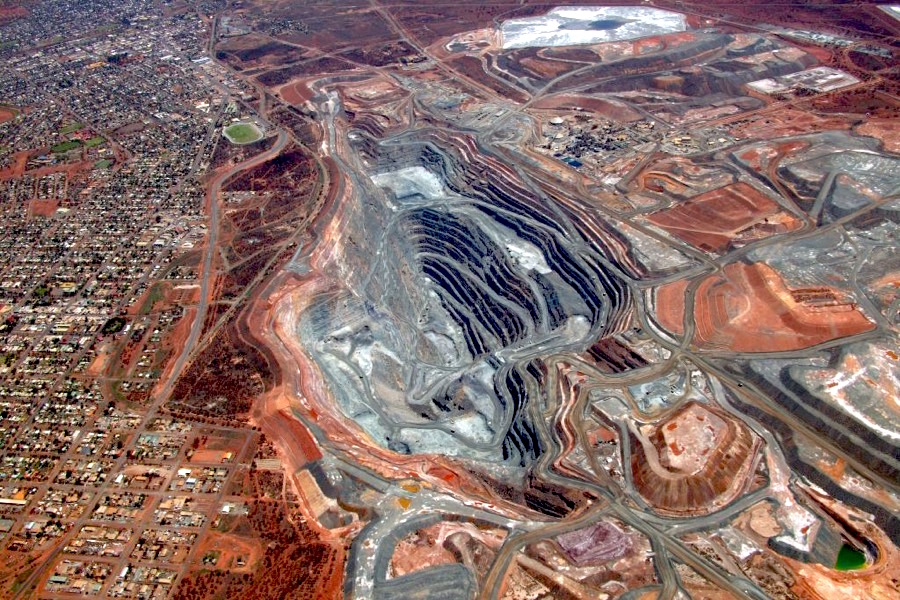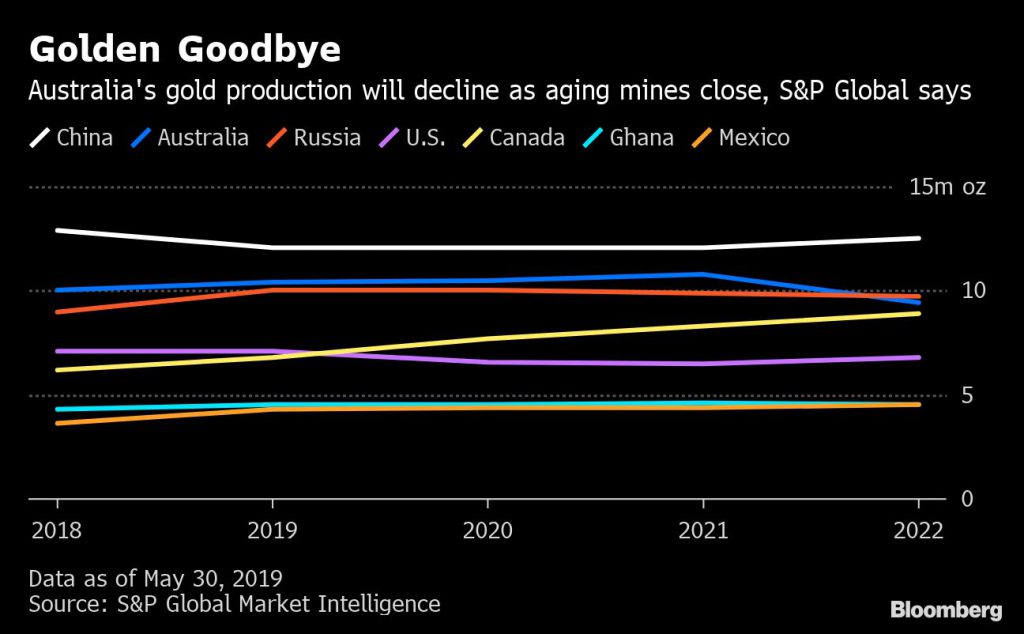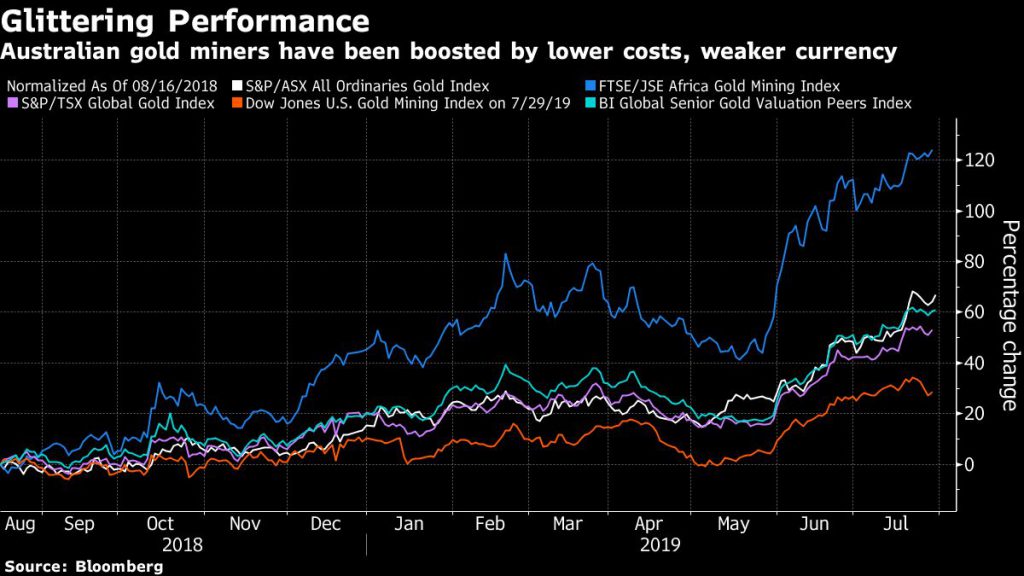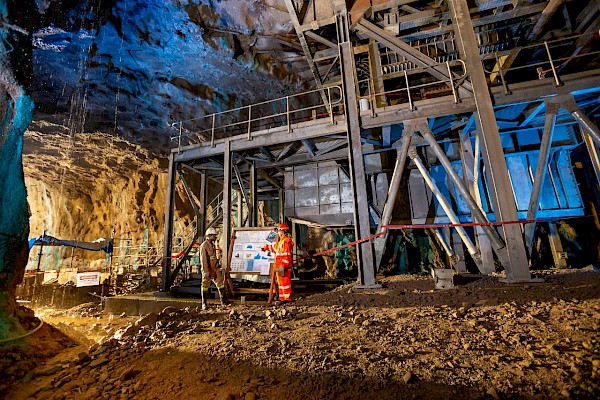Gold’s top performer told don’t splurge to replace fading mines

Gold miners in Australia, the industry’s most profitable operators, are facing a slump in output that’ll leave the nation trailing key rivals — and they’re being warned to resist the temptation to replace fading mines with high-cost production.
It’s not just a domestic problem. The closure of aging pits is set to crimp output worldwide into the next decade, but a sharp jolt will be felt in Australia. Currently the No. 2 producer after China, the nation is forecast to slip behind both Russia and Canada by the mid-2020s as more than 150 tons of capacity closes through 2024, according to forecasters.
It’s not just a domestic problem. The closure of aging pits is set to crimp output worldwide into the next decade
Australia’s producers have fattened margins and outpaced gains by peers in the U.S., Canada and South Africa as work to cut operating costs has been combined with strong prices and a weaker local currency. Even with gold trading at a record high in Australian dollar terms, companies need to guard against any moves to replace retiring mines with more expensive projects, Evolution Mining Ltd. Executive Chairman Jake Klein said in an interview.
“A massive mistake would be to try and increase our production by producing more and more high-cost gold,” Klein said, adding that miners can deliver fewer ounces and still keep generating strong cash flow. “That should be the focus of the Australian gold sector –- not worrying about the volume of output, but the quality and the profitability of output.”
Production in Australia, home to five of the world’s 20 largest gold mines, will decline after peaking in fiscal 2020, the industry ministry said in a report last month, while S&P Global Market Intelligence judges production could rise in 2020 and 2021 before tumbling about 13% the following year. Gold export earnings are forecast to rise to A$22 billion ($15 billion) in the year to June 30, government data shows, supported by price gains.

Miners in Australia are generating some of their highest ever profit margins and should continue to focus on keeping costs low, according to Stephen Land, portfolio manager for the Franklin Gold & Precious Metals Fund, which holds Australia producers including Newcrest Mining Ltd.
“The current rally in gold prices presents gold miners with a good opportunity to showcase the cash generation that these businesses are capable of under the lower cost structure,” Land, who manages assets worth more than $1 billion, said in an email. Spot gold is trading near a six-year high.
It’s possible new technology could help delay declines in production in Australia, while many of the country’s key producers are using their balance sheet strength to acquire assets overseas, Land said. Newcrest, Australia’s top producer, in March agreed to pay $806.5 million to add a mine in Canada, while Melbourne-based St Barbara Ltd. completed a deal in July for a Canadian rival and flagged it’ll review more deals in the region.

Investors are also favoring producers with long life assets, according to Steven Calhoun, portfolio manager of the $1.6 billion Fidelity Select Gold Portfolio fund, which holds companies including Evolution.
Newcrest and Evolution are among about 50 companies presenting to more than 2,000 delegates at the three-day Diggers and Dealers industry forum starting Monday in Kalgoorlie, Western Australia. The world’s biggest miners BHP Group and Rio Tinto Group also feature alongside smaller producers of gold, base metals and battery raw materials.
Investments by Australian gold producers aimed at sustaining output — and in technology to boost the amount of metal they can extract from their ore — mean the sector could avoid a dramatic slump in volumes, Richard Hayes, chief executive officer of the Perth Mint, which refines about 90% of the country’s gold, said in an interview.
Exploration success in recent months in Australia has already helped to push out S&P Global’s projection on the country’s production peak from 2020 to 2021, according to research analyst Christopher Galbraith.
At Kalgoorlie’s Super Pit, a giant site that consolidated a patchwork of assets — some dating to region’s 19th century gold rush — into a single, 3.5 kilometers (2.2 mile)-long operation, studies are underway aimed at extending the mine’s future. “There’s good exploration potential underground that we continue to work to better understand,” Gary Goldberg, CEO of Newmont Goldcorp Corp., which owns a half-share in the asset, said in an interview.
Newmont, the gold industry’s top producer, retains a potential interest in buying out its partner Barrick Gold Corp. to take full control, even after rock falls at the site in 2018 that have pared output, according to Goldberg. “It goes back to the value,” he said in an interview last week. “At what price could we acquire it would be the question.”
New mines are also being discovered and brought into production in Australia, helping to mitigate the impact of production losses. Johannesburg-based Gold Fields Ltd. and local partner Gold Road Resources Ltd. poured the first gold bars at their Gruyere operation in Western Australia in June, while Capricorn Metals Ltd. is beginning development of a new gold mine in the state’s Pilbara region.
(By David Stringer, Sybilla Gross and Ranjeetha Pakiam, with assistance from Justina Vasquez and Danielle Bochove)
More News
{{ commodity.name }}
{{ post.title }}
{{ post.date }}



Comments